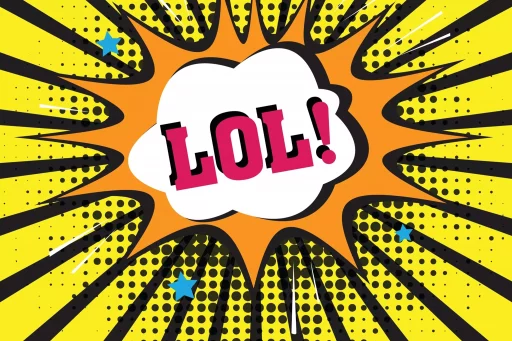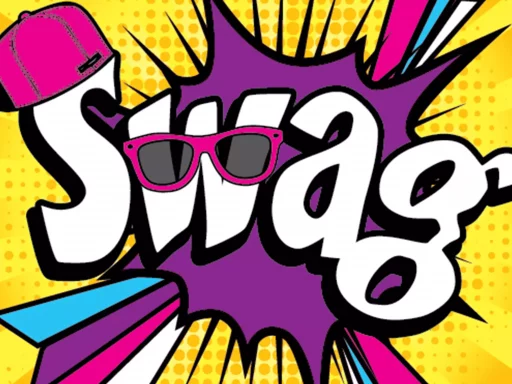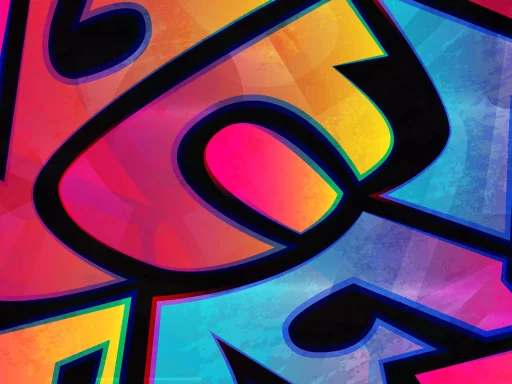Introduction to Criminal Slang
In the shadows of society, where the law often fails to penetrate, a unique language thrives: criminal slang. This lexicon is a blend of creativity, cultural heritage, and necessity, enabling individuals within various illicit communities to communicate covertly. Understanding this specialized vocabulary provides insight not only into criminal behavior but also into social dynamics within different subcultures.
Defining Criminal Slang
Criminal slang encompasses specific terms and phrases used predominantly by individuals involved in illegal activities. It serves various purposes, including secrecy, camaraderie, and identity. The uniqueness of criminal slang often varies by region, crime type, and even between different criminal organizations.
Common Examples of Criminal Slang
- Paper: Refers to money, usually in the form of cash.
- Heat: Refers to law enforcement or police.
- Cap: To shoot someone.
- Four-Finger Discount: A euphemism for stealing.
- Snitch: An informant who reports on criminal activities.
Case Studies: Criminal Slang in Action
The use of slang is prevalent in various criminal organizations. For instance, in street gangs across the United States, specific terms are adopted that not only convey meaning but also foster a sense of belonging.
In the drug trade, slang can vary significantly between regions. In New York, for example, heroin may be referred to as “dope,” while in Los Angeles, it might be called “smack.” These variations often reflect local culture and influences.
Moreover, a notable case involving the Hells Angels motorcycle club showcased the use of unique terminology that set members apart from the general population. Terms such as “brotherhood” and “colors” (referring to vests) play a significant role in establishing identity and loyalty within the group.
Statistics: The Use of Slang in Criminal Activities
Understanding the prevalence and impact of criminal slang can shed light on broader social trends. Research indicates that:
- Over 80% of gang-affiliated youth reported having a unique dialect that fosters group unity.
- A survey by the National Institute of Justice found that 60% of police officers believe that understanding slang is crucial for effective communication and crime prevention.
These statistics highlight the significance of language in criminal contexts and the need for law enforcement agencies to adapt their communication strategies accordingly.
The Role of Technology in Evolving Criminal Slang
Technology has a significant impact on the evolution of criminal slang. With the rise of social media, new terms emerge rapidly, often disseminated through platforms like Instagram and TikTok. Trends can quickly circulate, making slang more fluid than ever.
For example, the term “flexing” has transitioned from simply showing off to a broader meaning associated with flaunting criminal success or wealth illicitly gained. As such, the ability to understand the evolving lexicon is vital for those trying to prevent or control crime.
Future Directions: The Evolution of Criminal Slang
As society evolves, so does the language of crime. The blending of different dialects and the influence of pop culture continue to shape criminal slang. New generations of criminals draw on their environment, community, and technological advancements, continually creating a living, breathing language.
Law enforcement and researchers must remain adaptable and open to understanding these changes. Developing a keen awareness of language could mean the difference between breaking a case and allowing criminal activity to flourish undetected.
Conclusion
Criminal slang offers a fascinating glimpse into the complex interplay between culture, crime, and language. The terms used within illegal communities convey not only the actions being undertaken but also the shared identity of individuals within those groups. Understanding this jargon offers law enforcement, researchers, and the general public invaluable insights into the behaviors and dynamics of criminal enterprises.






